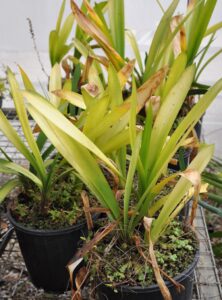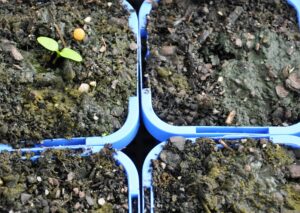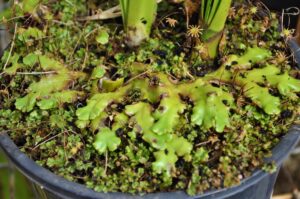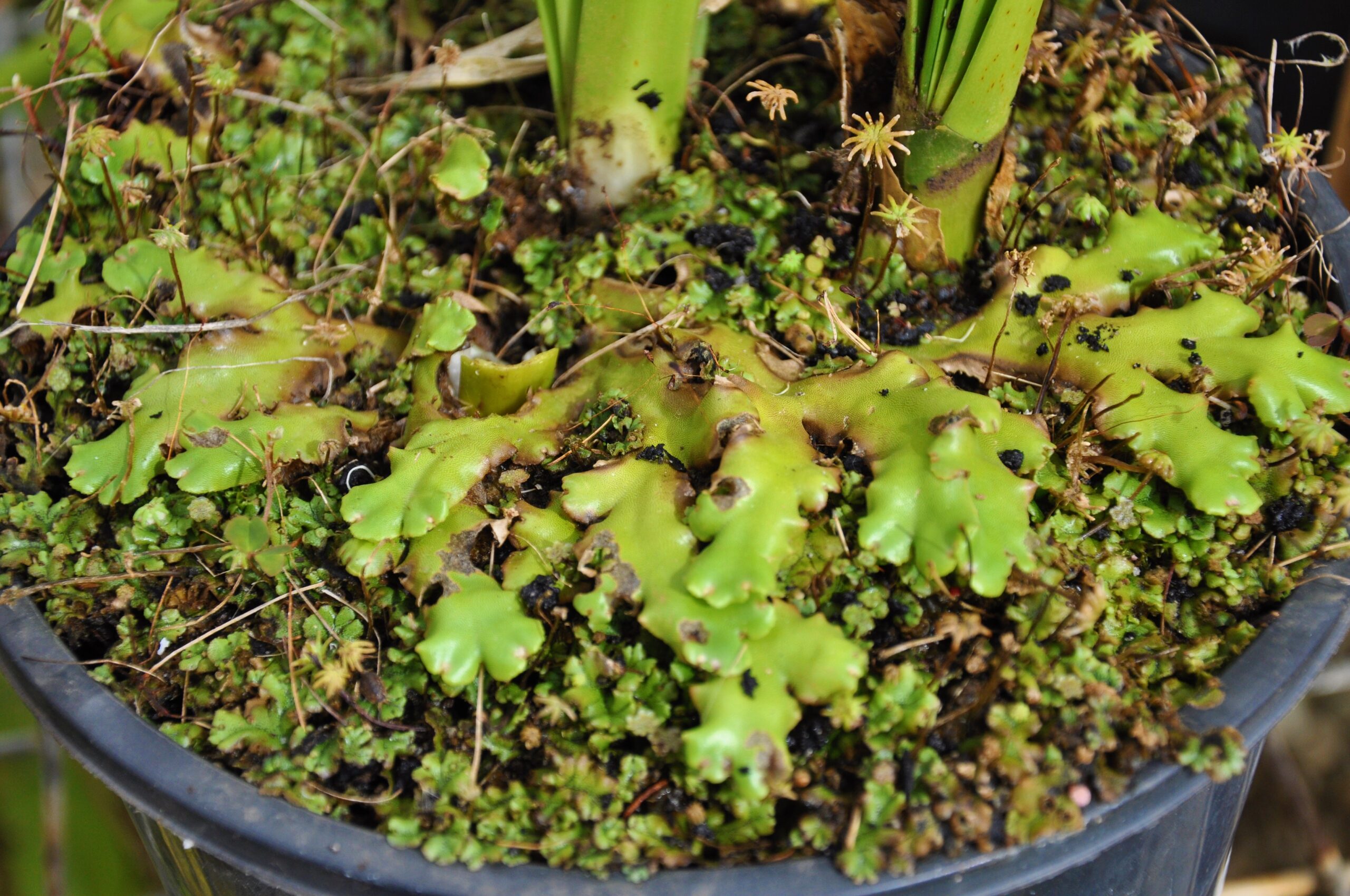Irrigating need not be irritating
By Dan Austin –
Of all the environmental factors that we might manipulate as growers, there is one factor that is undeniably more crucial than the rest – water. It seems simple – supply plants with adequate light, water, nutrients in a good environment and you get plant growth but, in a nursery, the factors to consider when irrigating are a little more complex.
When deciding on an irrigation arrangement to foster plants in soils in the field, selecting an effective system to deliver water is arguably simpler. When growing plants in soil, a few tests including infiltration rates, bulk density and perhaps a wettability and texture test thrown in for good measure, give growers the information required to make educated decisions on exactly what irrigation system will work best in any given scenario.

This is of course, oversimplifying things and other factors come in to play, including the site size, topography, the water source, pressure and flow rate available, in addition to many other aspects. Once a system has been decided on, other characteristics of the operation are then considered to programme effective operation scheduling. An old-fashioned catch-can test and a simple moisture metre allow irrigators to determine the required scheduling to achieve ‘field capacity’ (the amount of soil moisture or water content held in the soil after excess water has drained away). With subsequent moisture metre tests, irrigators can determine how quickly soil is being depleted of water and schedule irrigation cycles accordingly.
Often a soil will be allowed to drop to about 50% of field capacity before an irrigation cycle is schedule is programmed to return the area to 100% field capacity. This is vastly dependent on the project though and for some scenarios, growers would not risk dropping to 50% field capacity while in others, maintaining this level of moisture would be excessive. As technology advances, there is an increasing array of smart systems available to take away the guesswork and give growers peace of mind.
The speed at which soil is depleted of moisture depends on a variety of factors, most notably the climate and crop. The climate in any area will contribute to moisture loss through evaporation, which is affected by solar radiation, temperature, humidity, wind, and ground coverage. The plant type will affect soil moisture loss through transpiration, which is the plant process that transports water from the roots of plants through vascular tissues and releasing it as water vapour through plant leaves. Transpiration is affected by a plant’s structure, health, size, stage of life cycle, its leaf shape, texture, colour, and various other aspects. The combination of water loss through evaporation and transpiration is known as evapotranspiration.

Getting the mix right can be a tricky business. There are published figures on crop and seasonal coefficients used by professionals to forecast irrigation scheduling, and many seasoned growers know their crops and soils inside out but it is one of those areas where technology is constantly presenting opportunities for improvement. The frequency of irrigation scheduling is one of the most important aspects of horticulture, yet it is amazing to see how many landscape installations neglect to consider any of the above, and have a ‘go to’ standard set up and schedule to set and forget.
So, in the field, soil irrigation is simple? Well, comparatively. In the nursery industry we are faced with further elements to consider. Potting media composition leads to a myriad of variable properties including AFT (Air Filled Porosity) and WHC (Water Holding Capacity) which will affect how quickly a medium loses moisture and will require irrigation. Plants are taken from soil, where they may be able to ‘borrow’ water from nearby sources through capillary action, and instead grown in containers where they have access to a strictly finite amount of water, depending on their pot size.
Nurseries are producing a premium product, where optimum plant growth is desired, as well as a well-presented final product, and plants are not expected to simply survive. As such, there are far more delivery systems to choose from. Overhead irrigation systems are commonplace and great for irrigating large areas within nurseries. In areas facing particularly windy conditions or constrained by low water pressure, ‘wobbler’ style emitters provide large water droplets and an effective option for overhead irrigation. In nurseries fostering larger trees, overhead irrigation can be uneven and ineffective and it’s undesirable in retail scenarios where public clients may be present. In these situations, drip irrigation or in-pot microjets are often used.
In nurseries, growers are often working with minute seedlings that field growers are not, and some will simply not tolerate overhead watering at all. Other nurseries foster cut flower species and other sensitive plants which do not respond well to overhead irrigation. In these scenarios, bottom up, ebb and flow benches or capillary irrigation systems are often used, and the list of systems goes on.

With a media blend and pot size chosen, an irrigation system installed and a plant species selected, how can you tell you have got the mix right? Well, under-irrigating can be disastrously obvious. Plants can display restricted growth, increased pest or disease susceptibility, symptoms of water stress affecting saleability and in the worst-case scenario, lost entirely. Signs of overwatering can be more varied but just as obvious. Plant health can be affected by overwatering, but as potting media is often designed for good drainage, is less common in comparison to soil grown plants. Plant health is more likely to be affected through the excessive leaching of nutrients and a requirement to fertilise more often to avoid nutrient deficiency symptoms. Another tell-tale sign of overwatering is an abundance of weeds and in particular, a prevalence of bryophytes (moisture loving plants including mosses and liverworts).
When it comes to irrigation systems and scheduling, getting the mix wrong can be costly both financially and environmentally. While textbooks have been written on the field, it is an ever-evolving industry and can be a labyrinth for new and experienced growers alike.
It’s lucky an industry body exists to help cut through the fog. IPPS (International Plant Propagators Society) brings together experts from all walks of horticulture (including irrigation) to share their knowledge and experience to foster a thriving industry and there has never been a better time to join.

